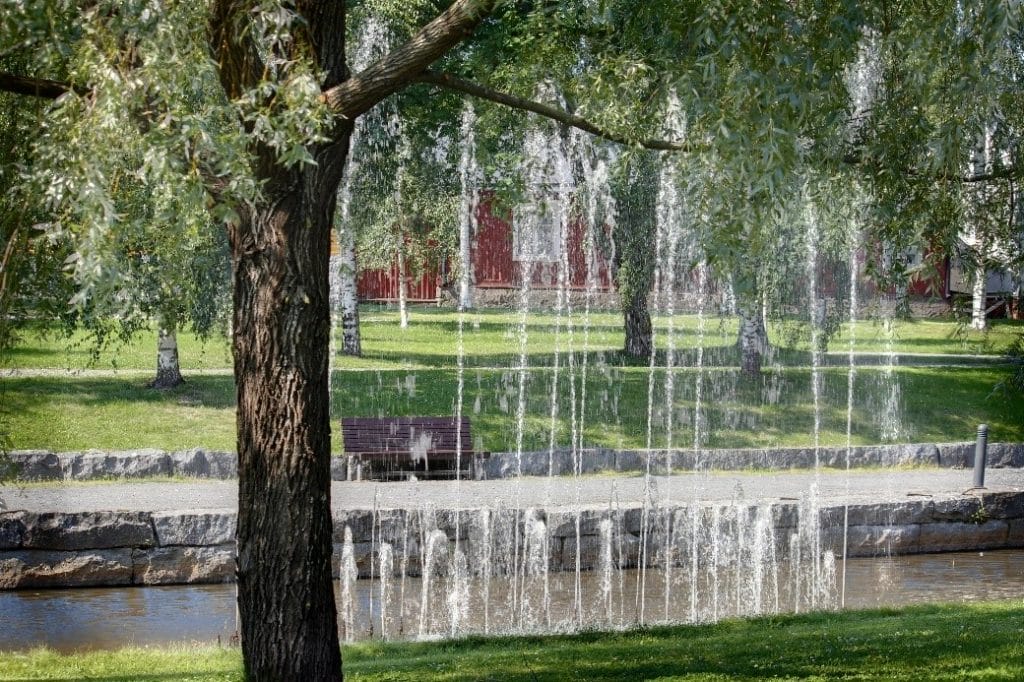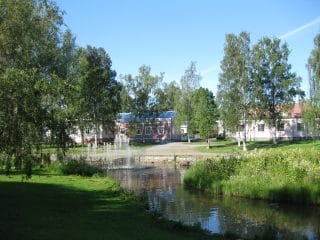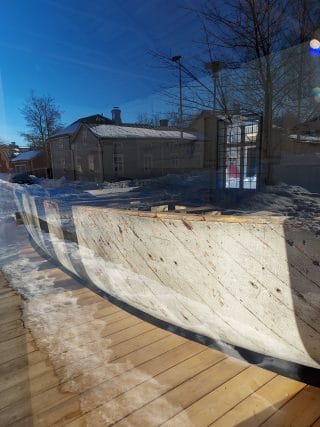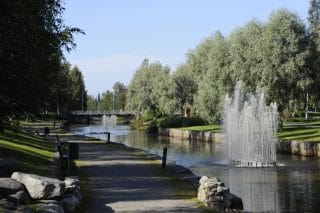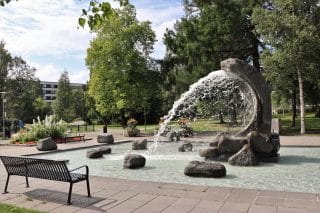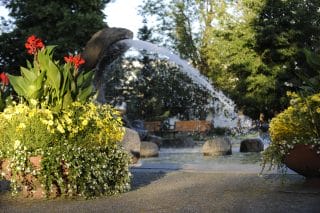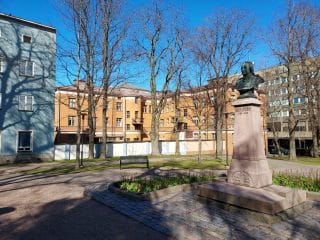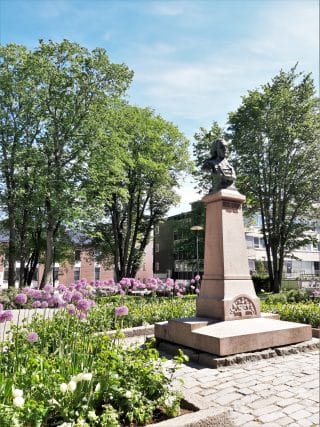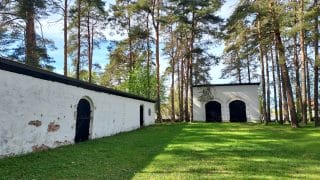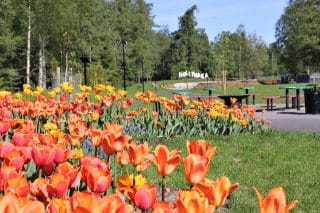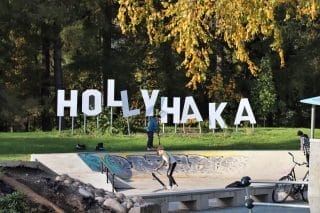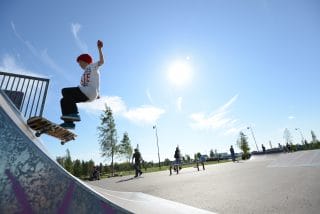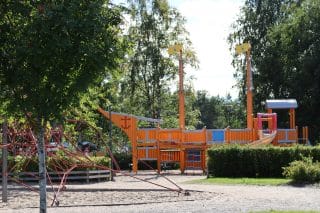Finnish garden culture is relatively young. In the early 1800s, there were no public green areas in Kokkola, except for the churchyard. Along Rantakatu, there was a row of small gardens that gave the town some sense of a park. These were privately owned kitchen gardens surrounded by lilac hedges. They were used to grow herbs and food crops, but people also grew roses and other flowering plants amongst the crops. Residents would enjoy their morning coffee in the gardens, and children would play there.
Public parks and garden culture arrived in Kokkola in the 1860s. Local garden associations and wealthy merchants helped promote the popularity of gardening. Kokkola National Urban Park contains three historical parks: Chydeniuksenpuisto (Chydenius Park), Englanninpuisto (English Park) and Länsipuisto (West Park). More recent parks include Meripuisto, Brita Marian puisto and Hollyhaka.
